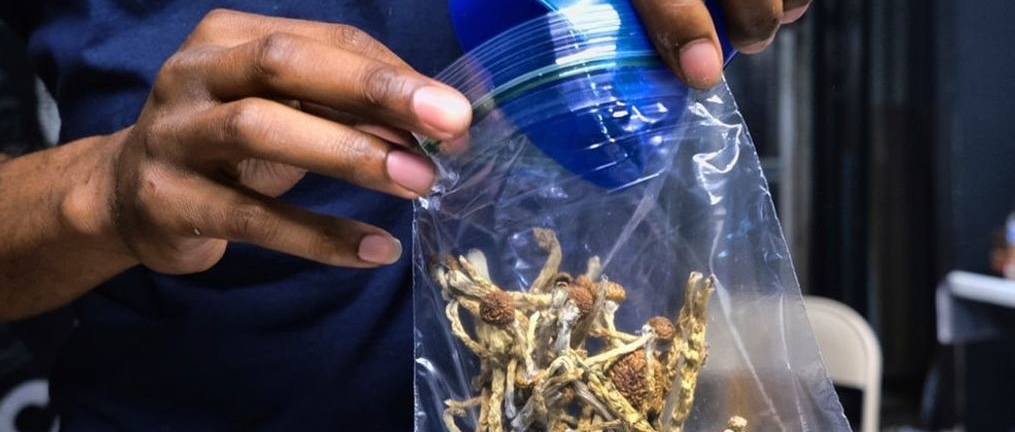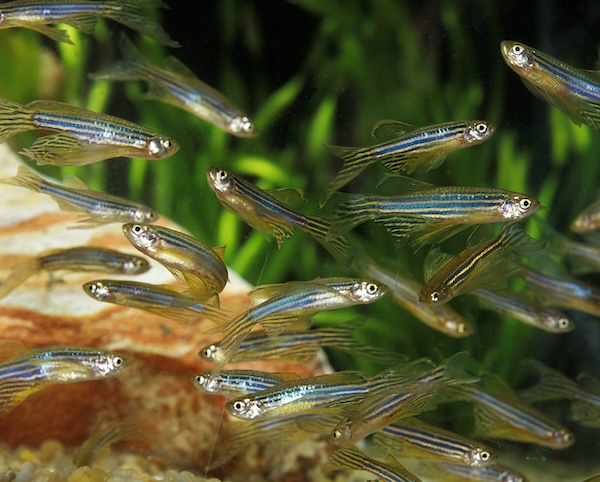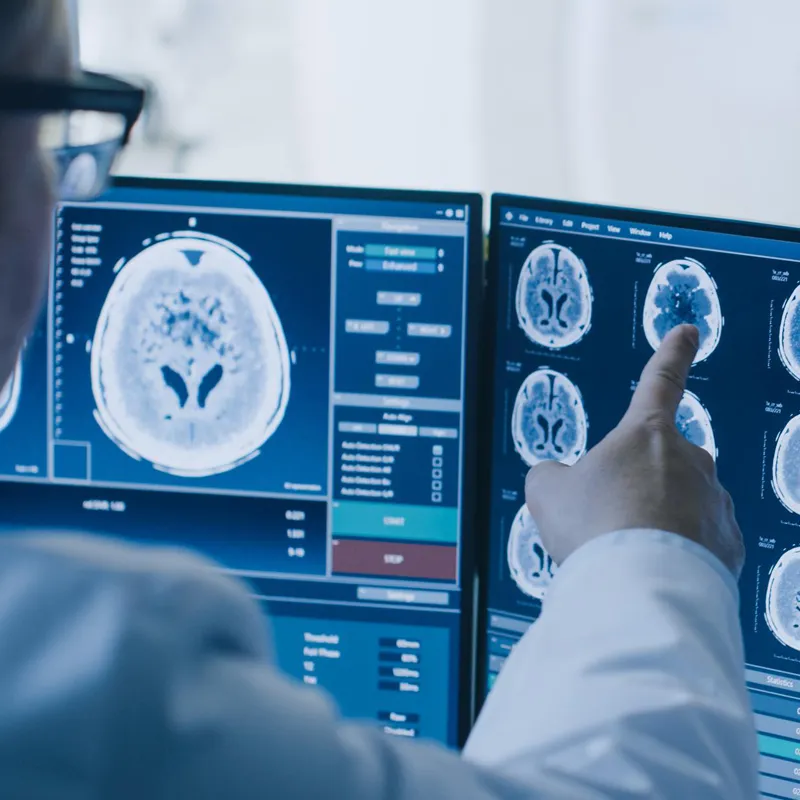Imagine standing at the starting line of an Olympic final, where the difference between gold and silver often comes down to milliseconds. Like a finely-tuned Formula 1 car, elite athletes constantly seek ways to optimize their performance, pushing the boundaries of human potential. In this landscape of relentless innovation, a controversial yet fascinating approach has emerged from the shadows: psilocybin microdosing. But what drives world-class performers to explore this unconventional path, and what does cutting-edge science reveal about its impact on athletic achievement?
The evolution of athletic enhancement: understanding microdosing

When Sarah Martinez, a former Olympic swimmer with multiple world records, first heard about microdosing, she was understandably skeptical. “The idea of using any psychedelic substance seemed completely at odds with athletic performance,” she recalls. “But after struggling with competition anxiety for years, I began researching the science behind it.” Her journey reflects a growing trend among elite athletes seeking to push past traditional performance plateaus.
Think of microdosing like fine-tuning a radio signal – it’s about finding the perfect frequency where mind and body operate in harmony. The practice involves taking minimal amounts of psilocybin—typically 1/10th to 1/20th of a standard dose—aiming to achieve subtle enhancements while maintaining complete athletic precision. Unlike turning up the volume too high and distorting the sound, athletic microdosing focuses on finding that sweet spot where performance peaks without compromising control.
The neuroscience behind peak performance
Dr. James Chen, a pioneering sports neuroscientist at Pacific Sports Research Institute, explains: “What makes psilocybin particularly intriguing from a performance perspective is its interaction with the brain’s neural networks. We’re seeing evidence of enhanced connectivity in regions responsible for focus, mind-body awareness, and emotional regulation—all crucial elements in athletic performance.”
Understanding the brain-body connection
Recent neuroimaging studies, including groundbreaking research from the International Sports Neuroscience Coalition, have revealed three key mechanisms through which microdosing might influence athletic performance:
- Neural plasticity enhancement: Like a tree growing new branches, research suggests psilocybin can temporarily increase the brain’s ability to form new neural connections, potentially accelerating skill acquisition and movement pattern optimization.
- Body awareness refinement: Athletes report heightened awareness of their body’s internal signals, like a master musician who can hear every subtle note in an orchestra, leading to more precise movement control and better training responses.
Stress response optimization: Studies indicate potential modulation of the amygdala’s fear response, helping athletes maintain composure under pressure – similar to how a trained pilot stays calm during turbulence.
The mental game: beyond physical enhancement
Michael Torres, a professional basketball player known for his clutch performances, shares his perspective: “The mental clarity I experienced was game-changing. It wasn’t about feeling different – it was about accessing a level of focus I didn’t know I had.” His experience mirrors findings from recent sports psychology research suggesting that mental barriers often limit physical performance more than bodily constraints.
Unlocking peak mental states
Research has identified several key areas where microdosing may support mental performance:
- Flow state accessibility: Like finding the perfect current in a river, athletes report easier entry into those precious moments of peak performance where everything clicks into place
- Emotional resilience: Enhanced ability to process and bounce back from setbacks, similar to how a skilled surfer rides out rough waves
- Strategic adaptation: Improved pattern recognition and creative problem-solving during competition, much like a chess master seeing multiple moves ahead
Recovery revolution: the hidden advantage
Dr. Elena Rodriguez, leading research at the Sports Medicine Innovation Lab, presents compelling data: “Our studies show significant improvements in recovery metrics among athletes using properly monitored microdosing protocols. The anti-inflammatory responses we’re observing could revolutionize how we approach training recovery.”
Measuring the recovery edge
Current research highlights several promising indicators:
- Accelerated muscle recovery rates comparable to advanced compression therapy
- Improved sleep architecture patterns similar to those seen in elite recovery athletes
- Enhanced nervous system regulation matching results from advanced meditation practitioners
- Reduced inflammatory markers paralleling effects of leading recovery technologies

Navigating the challenges: a balanced perspective
The path to understanding microdosing in sports isn’t without its skeptics. Dr. Sarah Thompson, sports ethics researcher, raises important counterpoints: “While early results appear promising, we must consider the long-term implications and potential risks. Not every performance enhancement is worth the trade-off.”
Critical considerations for athletes
Before exploring microdosing, athletes must carefully evaluate:
- Legal implications within their sport and jurisdiction
- Potential career impact and professional reputation
- Individual physiological response variations
- Long-term health considerations
- Ethical implications for competitive fairness
Looking ahead: the future of performance optimization
As research continues and attitudes evolve, the relationship between psychedelics and athletic performance enters new territory. “We’re just scratching the surface,” notes Dr. Chen. “The next decade could bring revolutionary insights into how these substances interact with human performance.”
Emerging frontiers
Current research focuses on:
- Personalized dosing protocols based on genetic profiles
- Integration with existing training methodologies
- Long-term performance impact studies
- Recovery optimization frameworks
Making informed decisions: the path forward
For athletes considering microdosing, experts recommend:
- Comprehensive research through peer-reviewed sources
- Consultation with sports medicine professionals
- Clear understanding of legal and ethical implications
- Systematic approach to monitoring effects
Conclusion: balancing innovation and responsibility
The intersection of psychedelics and athletic performance represents a frontier in sports optimization that demands careful navigation. While potential benefits appear promising, success lies in approaching this tool with respect, knowledge, and careful consideration of all factors involved.
As Sarah Martinez reflects, “It’s not about finding a shortcut to success – it’s about understanding and optimizing human potential in its entirety.” As research continues and our understanding deepens, the role of microdosing in athletics will likely evolve, guided by science, ethics, and the relentless pursuit of human excellence.




